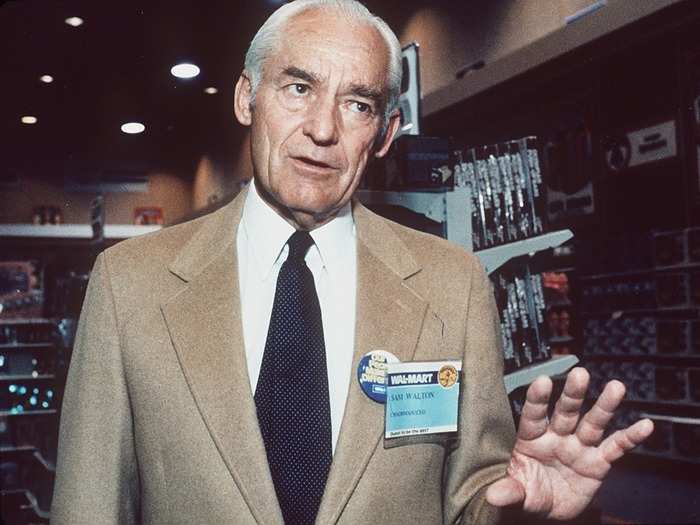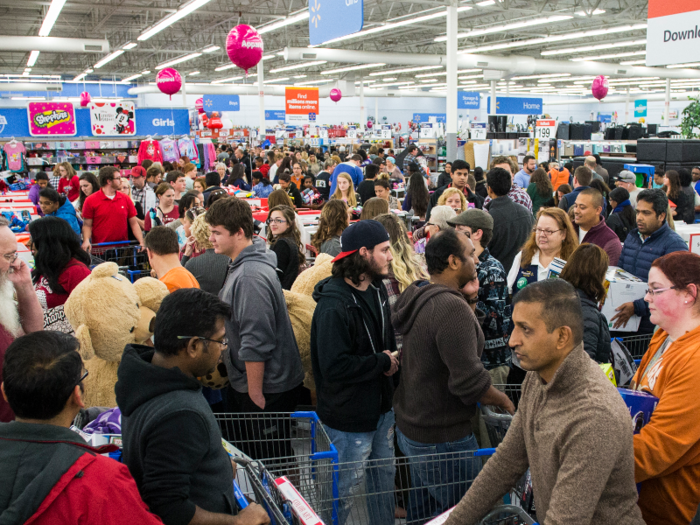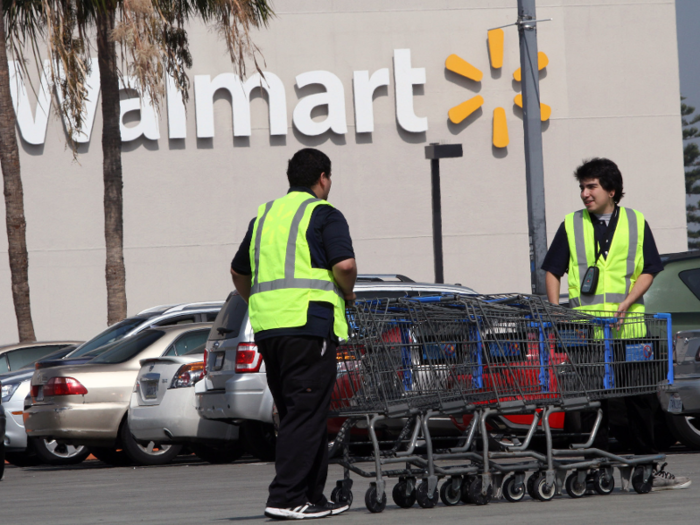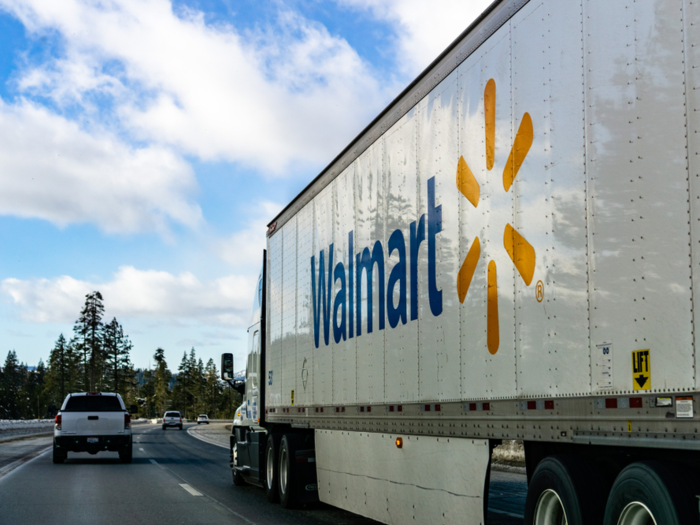- Home
- slideshows
- miscellaneous
- How Walmart keeps its prices so low
How Walmart keeps its prices so low
Competition

Lack of competition

Somewhat ironically, just as the rise of online sales (and the surging growth of Dollar General stores) prompts Walmart to keep costs low to stay competitive, in many areas, Walmart is the only major retailer in town.
About 90% of Americans live within 15 miles of a Walmart, and the company can count on millions of customers using its physical stores as their go-to spot for groceries, clothing, household goods, and more. This huge, reliable customer base allows them to keep prices low.
Low operations costs

Since first opening in the early 1960s, Walmart has followed the guidance of late founder and namesake Sam Walton to keep operations costs low. Walton himself famously drove around in an old pickup truck long after he was a multimillionaire; in our era, the store keeps costs low by using a sophisticated and largely automated supply-chain management system, by keeping in-store design basic, by having executives use budget travel options, and, until recently, by paying hourly employees less than competitors.
Bargaining power

As the world's largest retailer, Walmart has huge bargaining power when it comes to its suppliers. Many brands depend on Walmart sales to stay in business, while even larger, established companies can little afford to be removed from Walmart's aisles or webpages.
Walmart can demand lower wholesale rates than just about any other retailer on earth, and it passes these savings on to customers.
Sheer volume of sales

Walmart sells more of just about everything than pretty much any other seller, and it sells many products for less than anyone else. Taking that into account, Walmart could make more money even if the margins are smaller.
If the corner store sells three razors for $2.99 that it bought at wholesale for $1.99, that shop just made $3, for example. If Walmart sold the same three razors for a lower price of, say, $2.49, it would have made only $1.50.
But when it does that another 10,000 times in a single day and also sells cat litter, fresh lettuce, basketballs, blue jeans, and everything else, its tighter margins have little appreciable impact on overall profits.
Aggressive shoplifting prevention

In 2015, Walmart said that it loses up to $3 billion each year to theft, or 1% of its total $300 billion in sales that year. That figure would be much higher if the retailer didn't aggressively combat shoplifting. The company keeps a registry of all confirmed shoplifters, and it reportedly pushes for prosecution in many cases of theft.
And for a time, the company used a controversial Corrective Education program in which shoplifters could see charges dropped if they paid for attending a course meant to help reeducate and reform thieves.
Direct sourcing

Walmart hardly ever deals with brokers when making deals with its suppliers. It works directly with the manufacturers that make the products it sells and the farms that produce food for its grocery sections, and it increasingly sends its own trucks and drivers out to pick up and deliver the things it will sell.
And soon enough, it may even control some of the rail operations that move containers of Walmart goods around the nation.
Popular Right Now
Popular Keywords
Advertisement